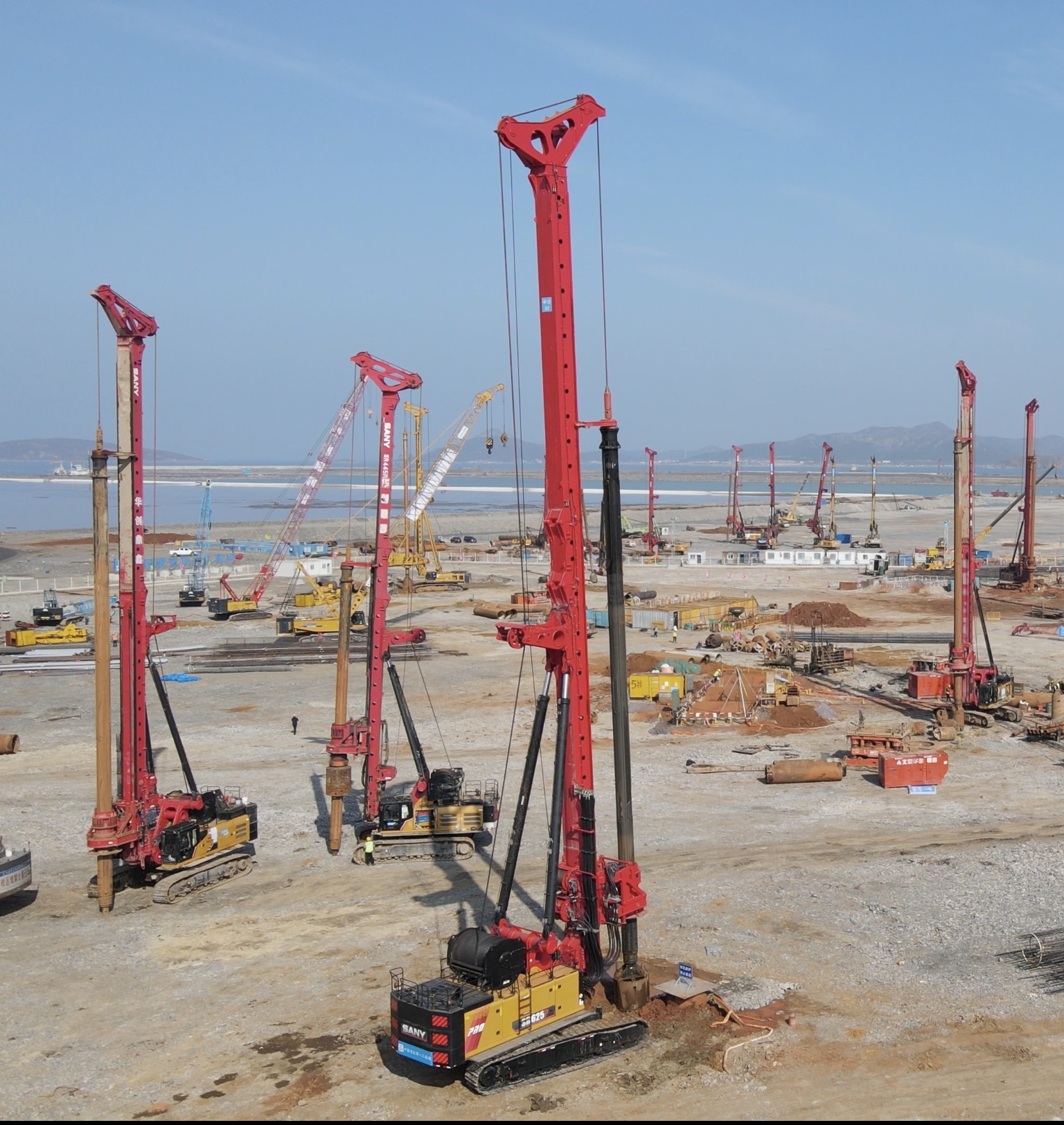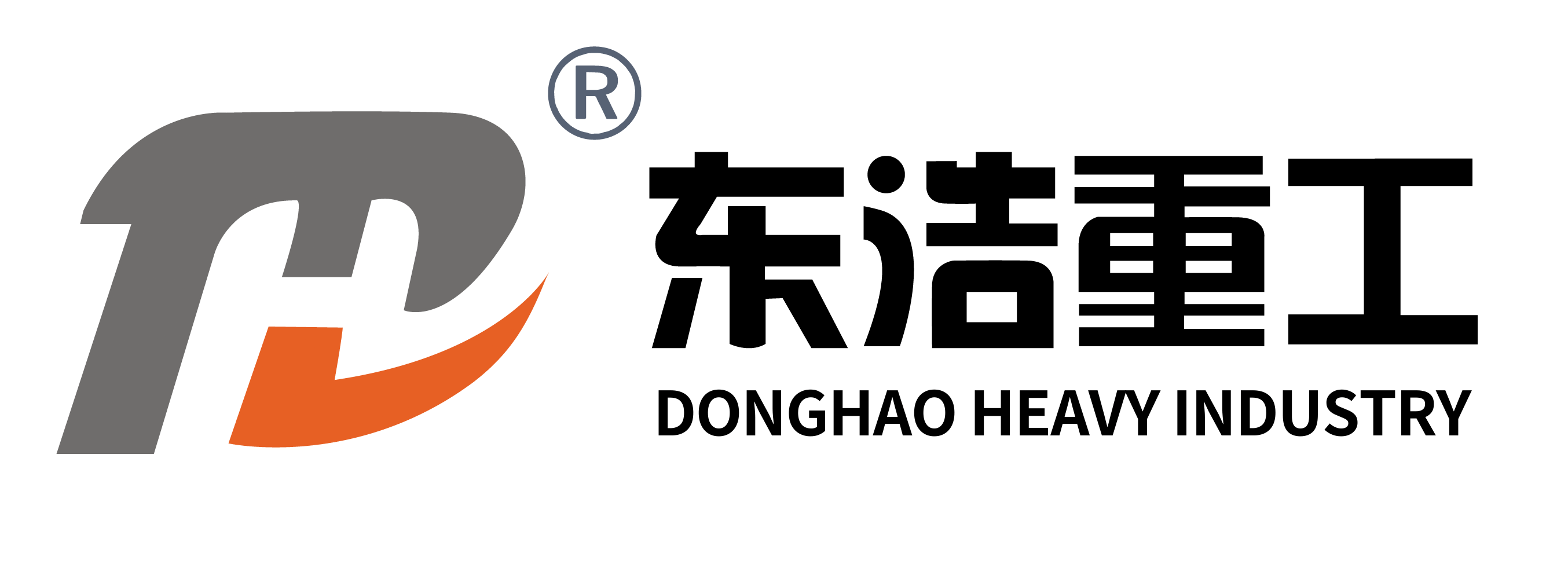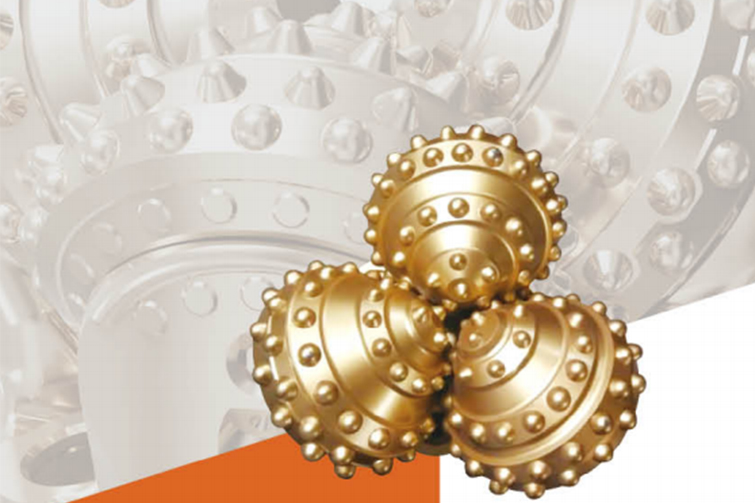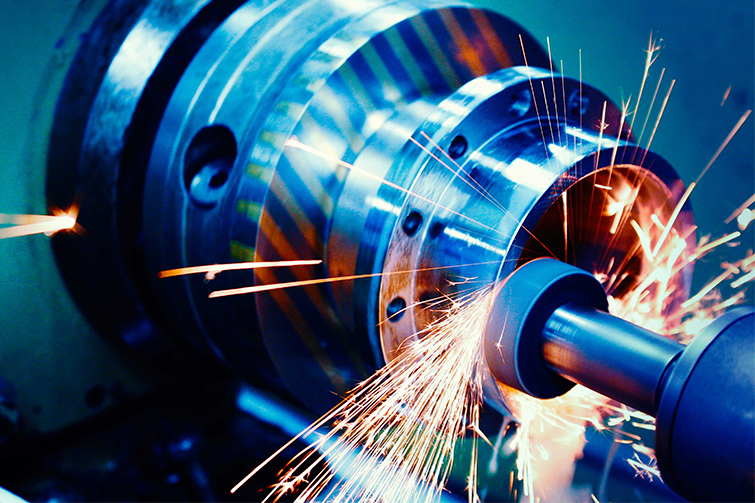

Piling Equipment: Advanced Technologies and Business Value in Modern Construction

Introduction to Piling Equipment
Piling equipment is essential in foundation work, providing the structural support needed for buildings, bridges, and other infrastructure. From my research and fieldwork, I've seen how advancements in this machinery have revolutionized construction timelines and safety. Proper selection and operation can reduce project delays by up to 30%, making it a critical focus for engineers and managers alike.
Technical Details of Modern Piling Systems
Modern piling equipment includes hydraulic hammers, vibratory drivers, and bored piling rigs. For instance, hydraulic hammers offer precise energy control, with impact forces ranging from 50 to 500 kN, allowing for efficient pile driving in various soil conditions. In a recent high-rise project, we used a vibratory hammer with a frequency of 40 Hz to minimize noise and vibration in urban areas, achieving a penetration rate of 2 meters per minute. Additionally, bored piling rigs equipped with GPS and automated depth sensors ensure accuracy within 10 mm, reducing rework and material waste. These technologies not only enhance performance but also integrate with IoT for real-time monitoring, enabling predictive maintenance and data-driven decisions.
Business Value and Cost Efficiency
Investing in advanced piling equipment yields significant commercial returns. By optimizing equipment usage, companies can cut labor costs by 20% and shorten project durations, leading to faster ROI. For example, in a commercial development I supervised, the adoption of automated piling rigs reduced manual oversight and lowered insurance premiums due to improved safety records. Leasing versus buying decisions should consider factors like project scale and cash flow; for short-term projects, leasing high-end equipment can save up to 15% in capital expenditure. Moreover, efficient piling minimizes environmental impact, which can enhance a firm's reputation and attract green-building certifications, ultimately boosting market competitiveness.
Common Questions
What are the key factors in selecting piling equipment for a project?
Consider soil type, load requirements, and site constraints. For cohesive soils, vibratory drivers are ideal, while rocky terrains may require hydraulic hammers. Always conduct a geotechnical survey to match equipment specifications.
How does piling equipment impact project timelines and budgets?
Efficient equipment can accelerate piling by 25%, reducing overall project time and labor costs. However, improper selection can lead to delays and increased expenses, so it's crucial to align equipment with project goals.








